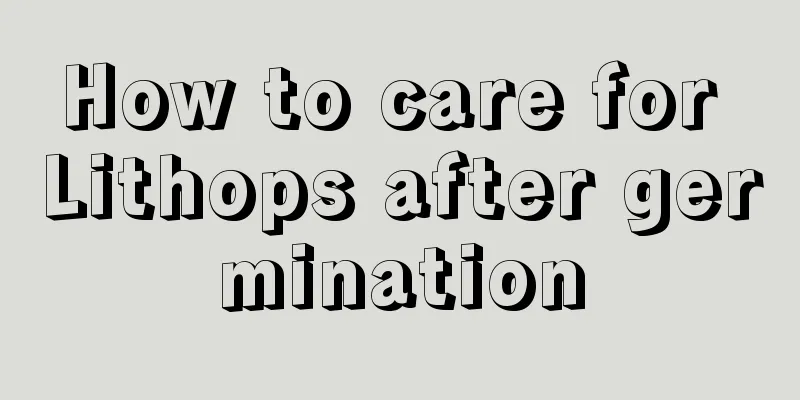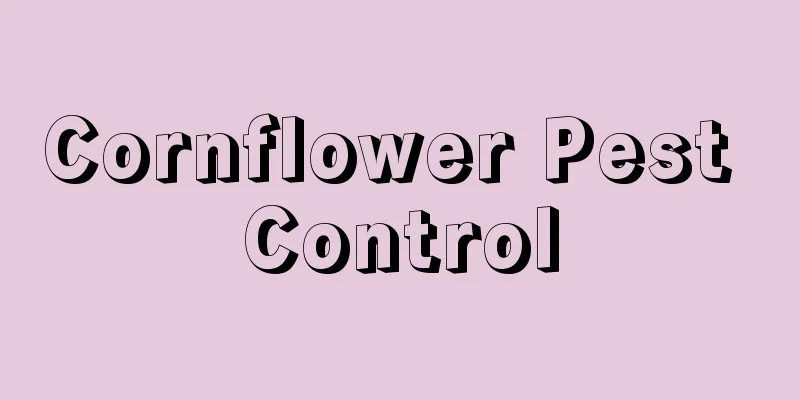What is the reason for tomato fruit cracking?

|
Tomato fruit cracking occurs when the tomato peel cracks when it is close to maturity, and the embryonic tissue and seeds inside are exposed as the peel turns outward, causing the navel of the fruit to crack like the palm of a cat's paw; some tomatoes have stripe-like cracks on the fruit surface near the stalk, on the top of the fruit, or on the sides of the fruit. Once the fruit cracks, it is easy to be infected by early blight, late blight or be infected by bacteria and rot, seriously affecting its commercial value. The main reasons for tomato fruit cracking are:1. Insufficient nutrients supplied to the flower organs during tomato flowering Especially when the temperature is low during the flowering period, the leaves produce less photosynthetic energy, the root system has weak absorption capacity, and absorbs less nutrients, while also having to supply nutrients for growth. This reduces the nutrients in the flower organs and results in more deformed flowers. 2. Caused by unsuitable environmental conditions The main reasons are high temperature, strong light, and drought. In particular, excessive watering after a long drought causes the flesh in the fruit to expand rapidly, increasing the sugar concentration and causing the osmotic pressure to increase. This causes the expansion of the rapidly expanding flesh to be incompatible with the aging peel, causing the peel to rupture. 3. Characteristics of the variety Generally speaking, varieties with large fruits, round fruits and thick cork layers are more likely to crack than small and medium-sized varieties with thin cork layers. 4. Related to the application of growth regulators In particular, when growth regulators are used to preserve flowers and fruits, if the concentration is too high and water and fertilizer cannot keep up, it can easily cause abnormal development of the ovary, or cause local physiological functions to be vigorous, leading to physiological disorders and fruit cracking. 5. Excessive nitrogen fertilizer application During the growth period, the application of large amounts of nitrogen fertilizers but insufficient phosphorus and potassium fertilizers, or excessive application of diamines that affects the absorption of calcium and boron, or excessive nitrogen and phosphorus but insufficient potassium fertilizers, as well as long-term exposure to high temperatures above 30°C, are all causes of navel fruit cracking. How to prevent tomato cracking1. Apply trace elementsBoron fertilizer is beneficial to the differentiation of flower buds of plants, and calcium fertilizer can increase the toughness of fruit skin cells and reduce the occurrence of fruit cracking. Therefore, during the fruit growth period, potassium and boron fertilizers should be increased and nitrogen fertilizers should be controlled, with the amount of potassium fertilizer used being twice that of nitrogen fertilizer. During the flowering and fruiting period, you can spray high-calcium foliar fertilizer, 0.5% borax and foliar fertilizer containing calcium, boron and other trace elements once every 7 to 10 days, and spray 2 to 3 times in a row to prevent tomato fruit cracking due to calcium and boron deficiency. 2. Reasonable wateringWatering should be done reasonably. Pay attention to field water management before the tomatoes bloom. Water when the soil is dry. During the fruit expansion period, keep the ground moist. Never use large amounts of water for flooding. Drain the water in time after rain and try to avoid drastic changes in soil dryness and humidity. Use small amounts of water frequently to provide tomatoes with the water they need to grow and reduce the rate of fruit cracking. 3. Reasonable pruning and leaf removalDo not remove the bottom leaves of tomatoes too early, and do not remove the leaves that are free of pests and diseases and have no yellow spots too early. These leaves are for photosynthesis and to avoid strong light from directly hitting the fruit surface. 4. Choose high-quality varietiesThe selection of varieties is also critical. Choose varieties with thicker peels, longer storage and transportation, suitable for the local climate and environment, and stronger resistance. |
Recommend
Reasons and treatments for yellow leaves of moonflower
1. Temperature discomfort Reason: The temperature...
How to grow white palm
1. Breeding environment 1. Soil: To grow white ha...
Homemade dried reed flowers, reed flower vase pictures
1. How to make your own dried reed flowers Pickin...
Wet and dry techniques
1. See the dry skills The trick to seeing the soi...
Can tissue cultured orchids become old species? Introduction to the advantages and disadvantages of tissue cultured orchids
1. Can it change? Can't become an old species...
When to plant fig branches
1. When to insert The climate in different region...
How to breed blue snowflakes and what to pay attention to
Blue snow flower reproduction method There are on...
How to fertilize jasmine
1. Seasonal fertilization 1. Spring, summer and a...
How to sow forsythia
Seed Collection When collecting seeds, you should...
When is the best time to plant cherries?
Cherry planting time Cherry belongs to the genus ...
How to prune azalea into bonsai, how to prune azalea bonsai
1. How to prune into bonsai There are many ways t...
How to prune anthurium
The purpose of pruning anthurium is to make its e...
What are the ways to eat lemon?
Raw food Fresh lemons can be eaten directly after...
What fertilizer should be used to make bougainvillea bloom? When should bougainvillea be fertilized?
1. What fertilizer to use If you want to make Bou...
What are the cultivation methods and precautions for potted lucky bamboo?
How to grow lucky bamboo in a pot Lucky bamboo be...









